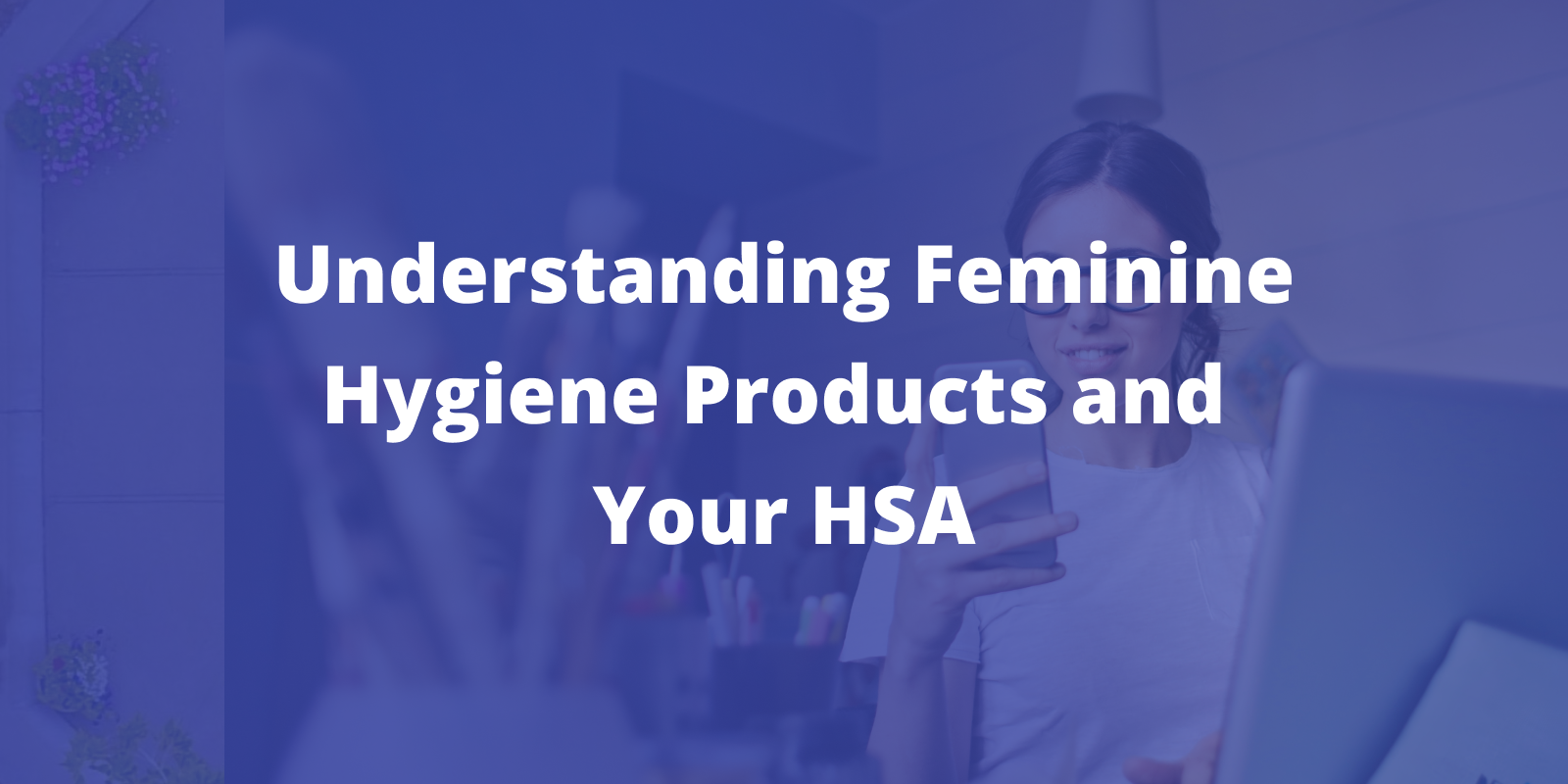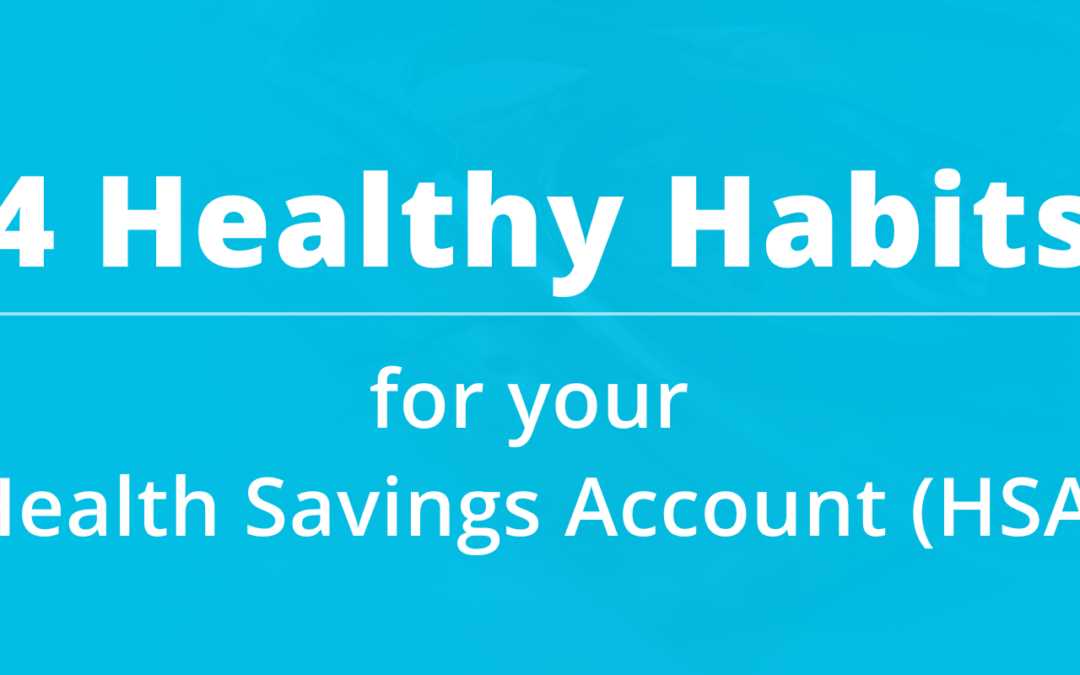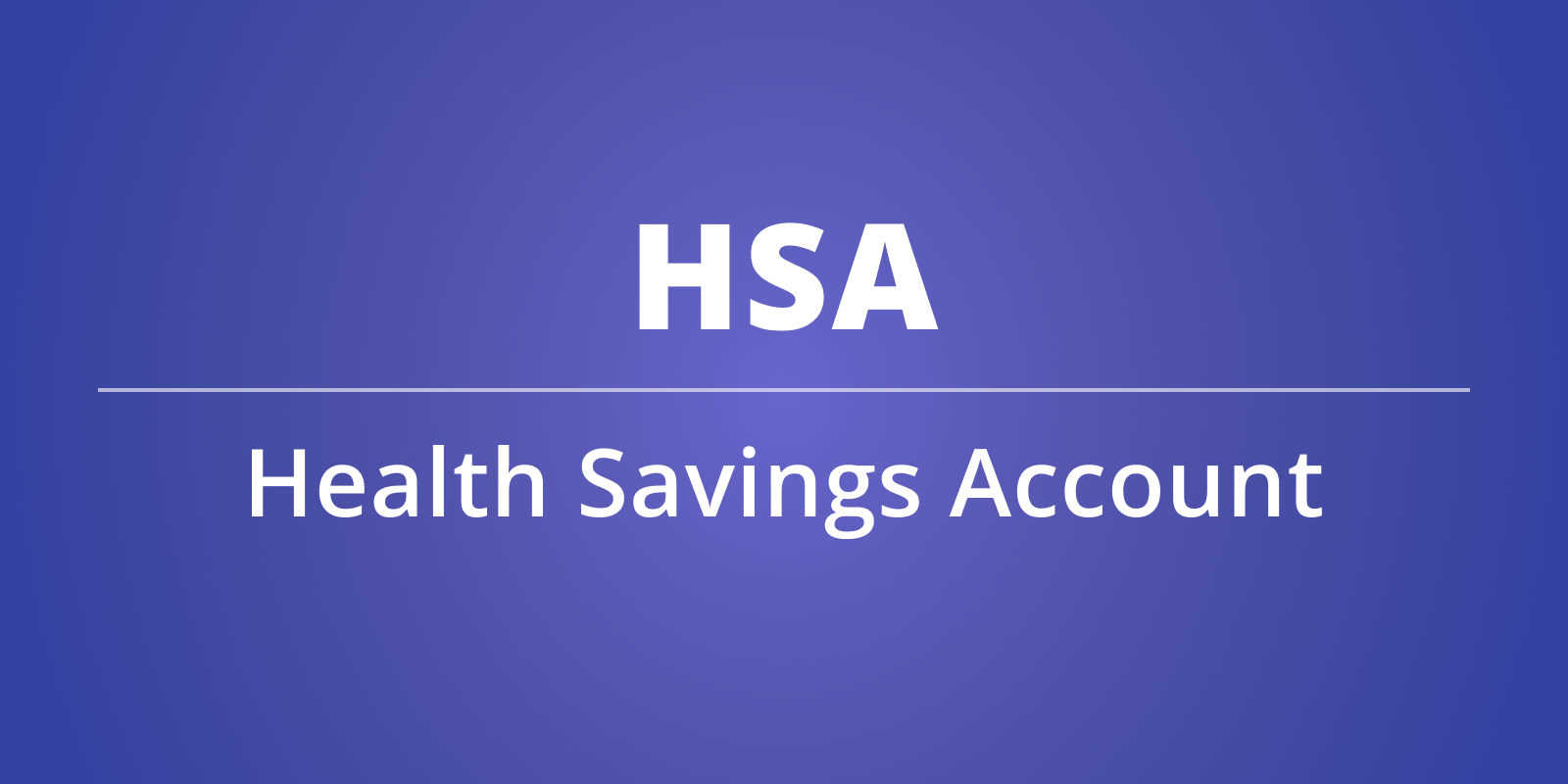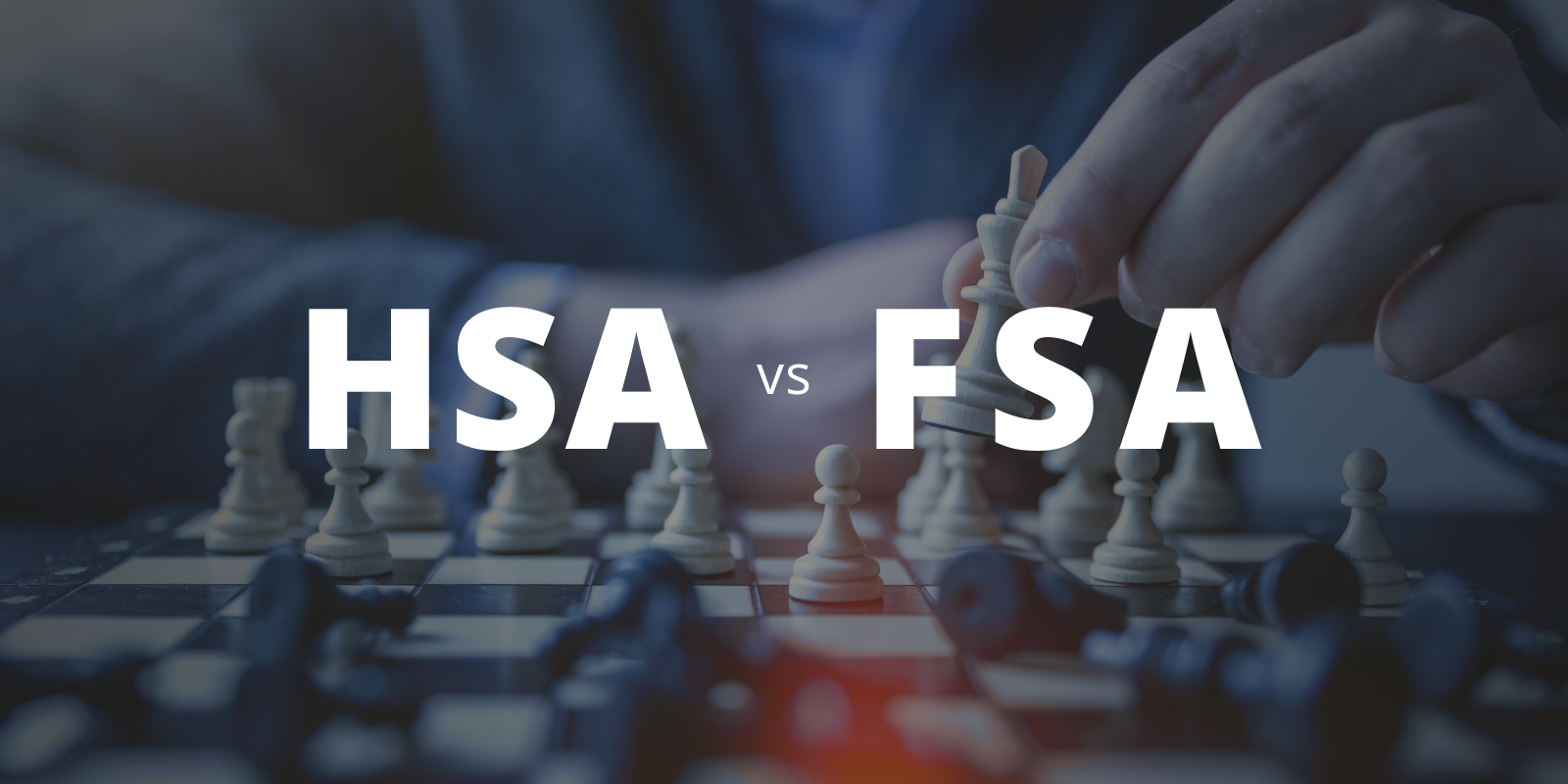Ask any woman–tampons, pads, or any item that falls under the category of feminine hygiene products–are considered a necessity. So, it stands to reason that these products have always been considered a qualified medical expense and HSA eligible, right? Not quite. Recently the passage of the CARES Act (Coronavirus Aid, Relief, and Economic Security Act) in March 2020 made feminine hygiene products a qualified medical expense.
The Pink Tax & The Tampon Tax
Whether or not you’ve ever heard of “The Pink Tax” or “The Tampon Tax” before, it is a topic well worth understanding and how pervasive it truly is. Women pay more for certain products and services. There is evidence to suggest that it starts at birth. While some products are virtually the same and cost the manufacturer the same to produce, the difference lies in the packaging (pink packaging vs. blue packaging). Other products such as tampons and pads, which would fall under a different category, are considered a medical necessity that only women need. It is estimated that the average cost for a woman to purchase feminine hygiene products throughout her lifetime is $18, 171. That’s a huge sum of money!
The CARES Act and Feminine Hygiene Products
While the CARES Act legislation does not get rid of the Pink Tax/Tampon Tax, it does give tax savings to tampons, pads, liners, cups, sponges, etc. through an HSA and takes a step forward towards menstrual equity. The money that you save on taxes alone can add up.
Today, there are about 20 states that don’t tax tampons, however, it is still the minority. While there are groups out there working towards fairer tax laws with regards to menstrual products, until that day arrives, your HSA can be an ally to better tax savings.








